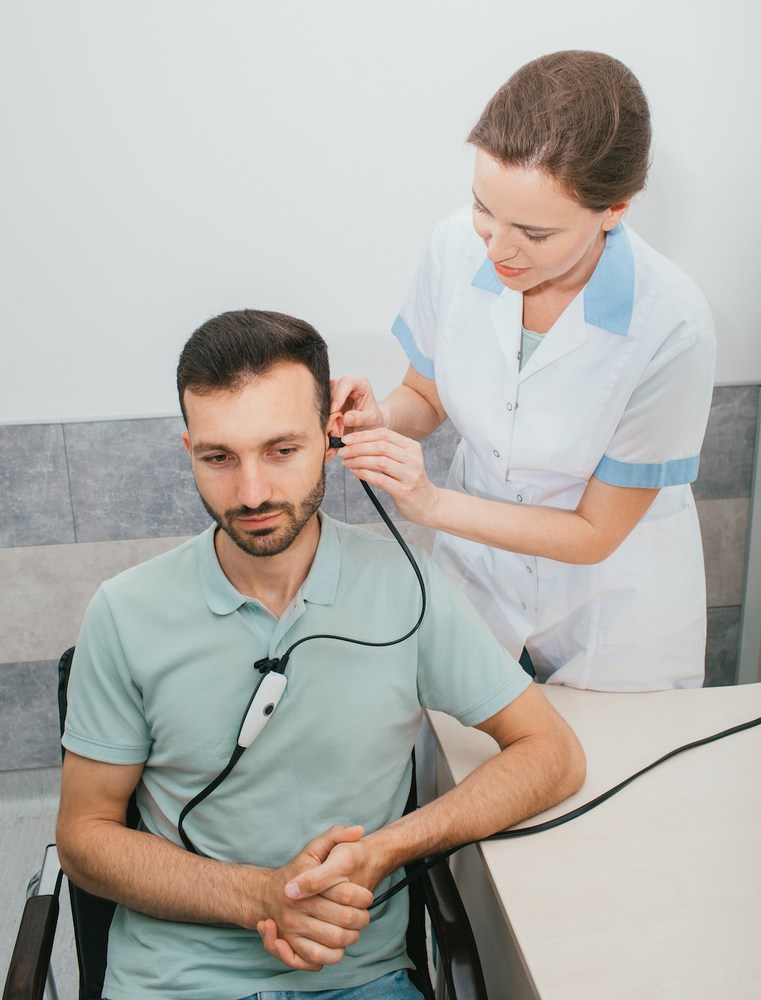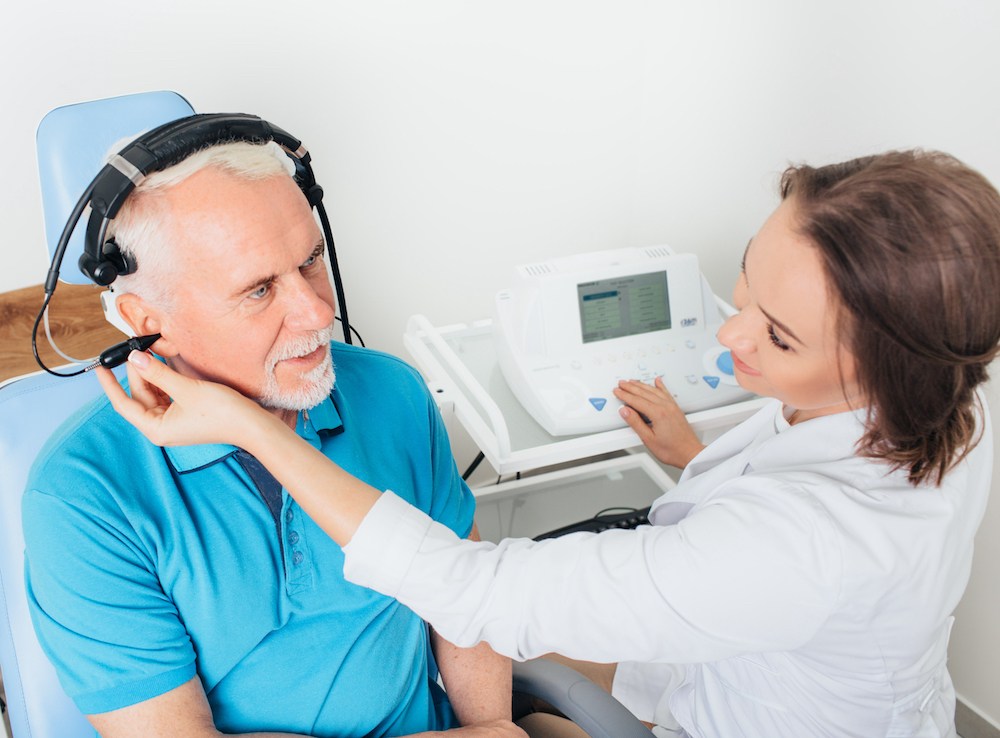Occupational Hazards: Professions at Risk for Hearing Loss
Hearing is an essential part of our daily lives, yet we often take it for
By: admin | March 24, 2023
If you work in a loud environment or are around loud noises often, it is important to wear hearing protection. However, there are many different types of hearing protection available on the market, so how do you know which one is right for you? This article will discuss the different types of hearing protection and how to choose the right one for your needs. It will also talk about the importance of seeing an audiologist to get fitted for hearing protection.
Hearing protection comes in a variety of forms, including earplugs, earmuffs, and other custom hearing devices. Earplugs are the most common type of hearing protection and come both disposable and reusable. They are available in different sizes and materials to fit your ear canal comfortably without blocking out sound completely. Disposable earplugs are typically made from foam or silicone and can be thrown away after use.
Custom earplugs can be washed with soap and water but need to be replaced after extended use as they will become less effective over time.
Earmuffs are another hearing protection that sits snugly over your ears. They provide more coverage than earplugs, so they are suitable for people who require hearing protection in especially loud environments. Custom hearing devices are also available to fit your ear canal perfectly and provide maximum hearing protection.
When it comes to choosing the right hearing protection, comfort is vital. If you choose a hearing protection that doesn’t fit well or isn’t comfortable, you won’t want to wear it, and it won’t be effective at protecting your hearing. Therefore, it is important to try out different types of hearing protection before committing to one type so you can make sure that it fits properly and is comfortable for long periods of time.
Additionally, when buying hearing protection, make sure to look for products with noise reduction ratings (NRR) or hearing protection ratings (HPR). These ratings measure the amount of sound that is blocked out by hearing protection. The higher the rating, the better hearing protection it provides.
It is important to see an audiologist when choosing hearing protection in order to make sure you are getting the best possible fit. An audiologist can take a mold of your ear and use it to create a hearing device that fits perfectly in your ear canal. This will ensure maximum hearing protection and comfort for long periods of time. Additionally, if you have any underlying hearing loss, an audiologist can recommend hearing aids that provide both hearing enhancement and hearing protection in one device.
When determining if hearing protection is necessary, signs to look out for include:
Hearing protection is necessary for hearing safety if you work in an environment with consistently loud sounds – like construction sites, factories, and manufacturing plants. It’s also recommended for people who attend concerts and sporting events often. People should also consider using hearing protection when using lawnmowers, leaf blowers, or any other power tools that generate noise over 85 decibels (dBs). Exposure to sound levels above 85dBs can cause hearing damage over time. Additionally, hunters should always wear hearing protection when shooting firearms due to their high-decibel blasts.
Individuals may only sometimes be aware of how intensely loud a sound is once they feel discomfort. Therefore, to ensure hearing safety, it’s important to monitor your exposure to loud sounds and use hearing protection whenever necessary. Hearing protection can help protect against tinnitus, hearing loss, and other auditory issues caused by prolonged exposure to high-level sound.
Hearing protection is necessary for people who work in loud environments or attend events with consistent high-level sound. A variety of hearing protection options are available, including disposable earplugs, reusable earplugs, and earmuffs. It is important to try out different types of hearing protection before committing to one type so you can make sure that it fits properly and is comfortable for long periods of time.
Additionally, when buying hearing protection, make sure to look for products with noise reduction ratings (NRR) or hearing protection ratings (HPR). These ratings measure the amount of sound that is blocked out by hearing protection. The higher the rating, the better hearing protection it provides.
If you want to learn more about your hearing protection options, don’t hesitate to get in touch with us at Hearing Aid Consultants of North Mississippi by calling (662) 234-1337.

Hearing is an essential part of our daily lives, yet we often take it for
By: admin | January 31, 2024

If you have experienced a difficulty understanding speech, or following
By: admin | December 28, 2023

Forty-eight million Americans are living with hearing loss, which is
By: admin | November 25, 2023
